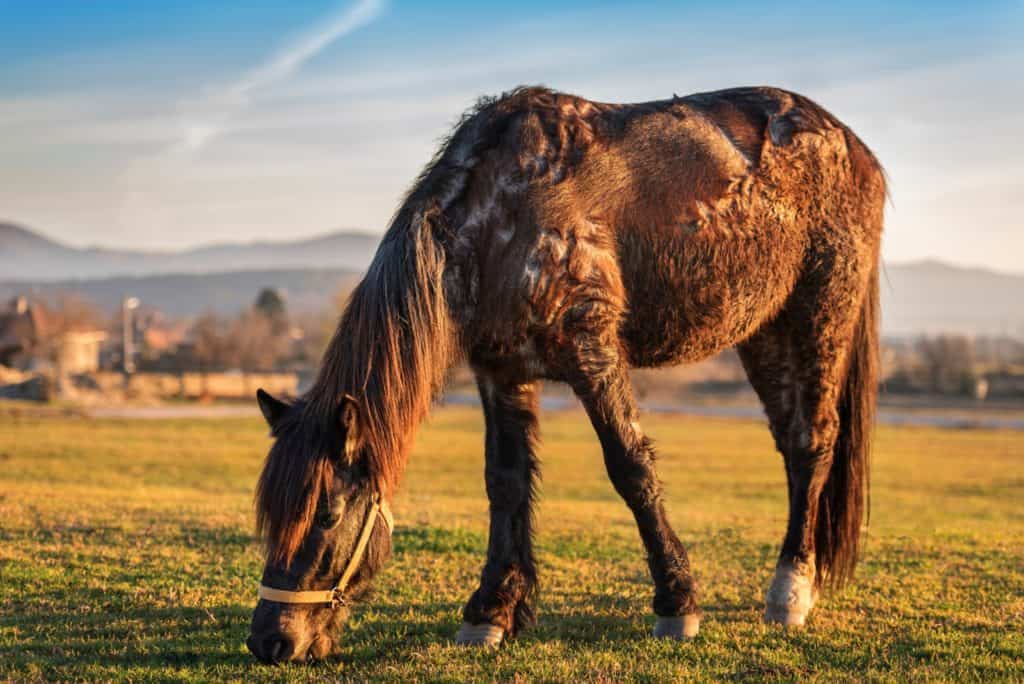Laminitis, PPID, and Hyperinsulinemia: What’s the Link?

Knowing whether horses with PPID and concurrent insulin dysregulation are at the highest risk of developing laminitis would underscore the importance of screening all PPID horses for insulin dysregulation. To find out if this is the case, Lisa Tadros, DVM, PhD, Dipl. ACVIM, an assistant professor of endocrinology at the Michigan State University College of Veterinary Medicine, and colleagues recently set out to determine whether the degree of hyperinsulinemia correlates with laminitis severity in horses when they’re first diagnosed with PPID. She presented the team’s findings at the 2016 American College of Veterinary Internal Medicine Forum, held June 8-11 in Denver, Colorado.
The team hypothesized that there would be a correlation between the magnitude of hyperinsulinemia and laminitis severity, and that some owners would be unaware of mild and chronic laminitic changes in their horses.
The team employed 38 client-owned horses with PPID and collected data on the animals’ resting blood serum insulin concentrations, owner-reported laminitis history, and radiographic evidence of laminitis. They graded laminitis severity based on the degree of coffin bone rotation and grouped horses into five categories; they considered horses with no prior history, no morphologic hoof changes, and no radiographic evidence of laminitis to be nonlaminitic. They also separated horses into three groups based on their degree of hyperinsulinemia: normal (termed normoinsulinemic), mild, or severe
Create a free account with TheHorse.com to view this content.
TheHorse.com is home to thousands of free articles about horse health care. In order to access some of our exclusive free content, you must be signed into TheHorse.com.
Start your free account today!
Already have an account?
and continue reading.

Written by:
Erica Larson
Related Articles
Stay on top of the most recent Horse Health news with



















